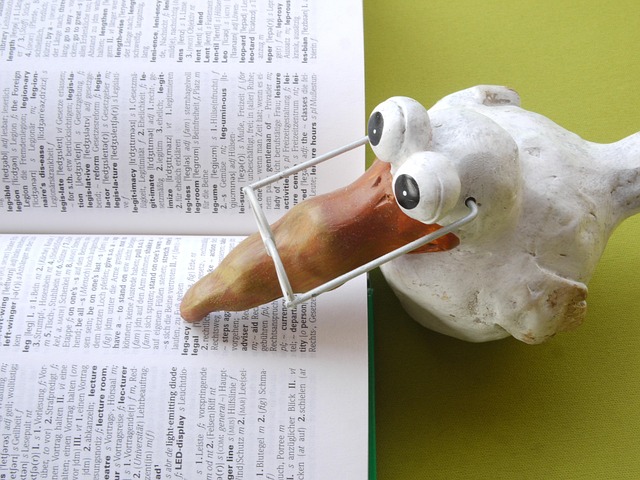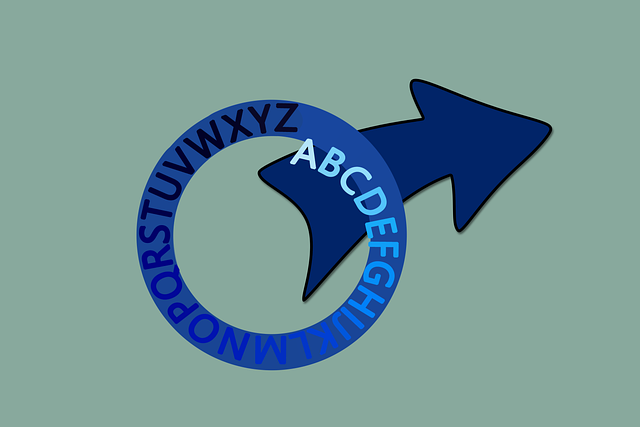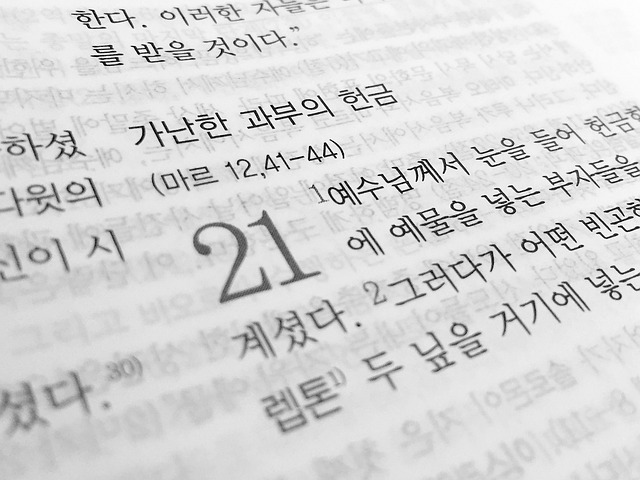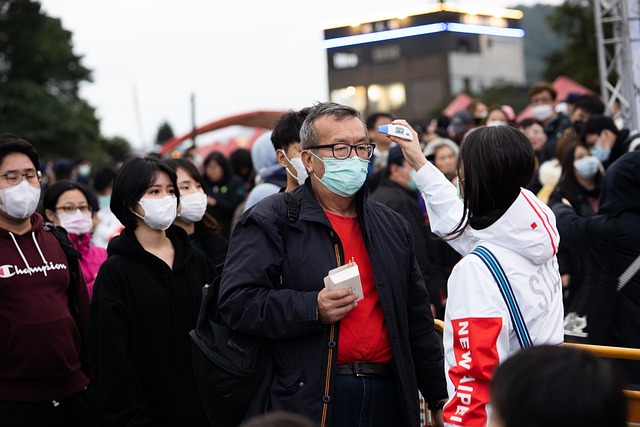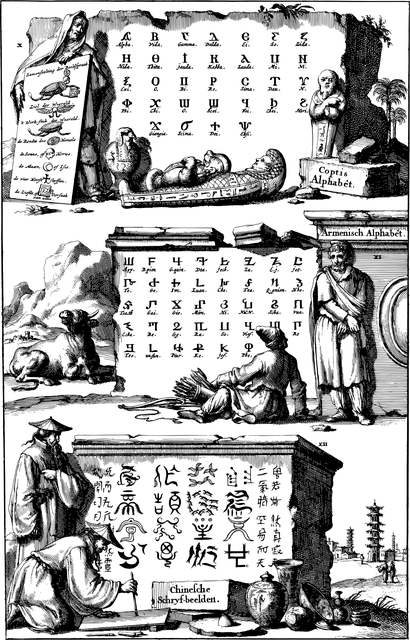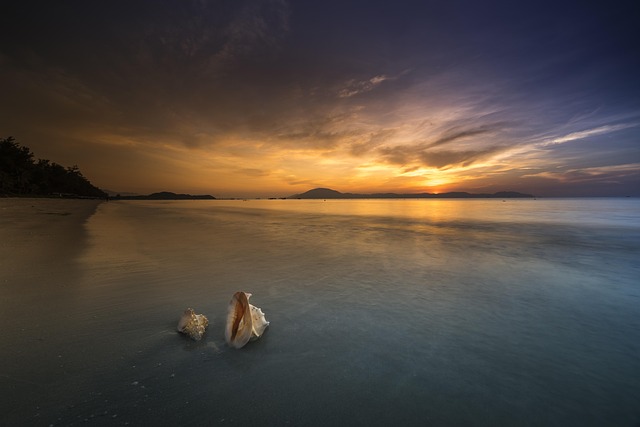translate
Translate: Unlocking Global Communication and Understanding
Introduction
In an increasingly interconnected world, the art and science of translation play a pivotal role in bridging cultural gaps and fostering global unity. Translation, at its core, is the process of transferring meaning from one language to another while preserving the original intent, style, and context. This dynamic field transcends mere word-for-word substitutions; it involves sophisticated techniques, technologies, and cultural insights to convey ideas accurately across linguistic boundaries.
This comprehensive article aims to explore every facet of translation, from its historical roots to its modern applications, economic impact, technological innovations, and the challenges it faces in an ever-evolving global landscape. By delving into these aspects, we will uncover the profound significance of translation as a catalyst for international communication, cultural exchange, and mutual understanding.
Understanding Translation: A Journey Across Languages
Definition and Core Components
Translation is the process of interpreting and rendering a text or speech from one natural language (source language) into another (target language). It involves meticulous attention to grammar, syntax, vocabulary, idiom, and cultural nuances to ensure that the translated content is not just linguistically accurate but also conceptually coherent in the target culture.
The core components of translation include:
- Source Text: The original document or speech to be translated, which contains the ideas and information to be conveyed.
- Target Language: The language into which the source text is being translated. Considerations for the target language include its linguistic characteristics, cultural context, and the availability of qualified translators.
- Translator: A professional who bridges the gap between the source and target languages, ensuring accurate and idiomatic translation. Translators may specialize in specific fields or types of text.
- Translation Memory (TM): A database that stores previously translated segments, which can be reused to maintain consistency across projects and speed up the translation process.
- Terminology Databases: Specialized resources that store industry-specific terms and their translations, ensuring consistent terminology use.
Historical Context and Evolution
The practice of translation has ancient roots, dating back to the early civilizations of Mesopotamia, Egypt, and China. Scholars and scribes would translate texts from one language to another, often for religious or administrative purposes. The invention of writing systems facilitated the spread of knowledge across cultures, making translation a vital tool for education, diplomacy, and trade.
Throughout history, significant milestones in translation include:
- The Septuagint (3rd-2nd century BCE): One of the earliest major translation projects, translating the Hebrew Bible into Koine Greek, which had a profound impact on Christianity.
- The work of St. Jerome (4th century CE): He translated the Bible into Latin, making it accessible to a wider audience in the Roman Empire.
- The Renaissance and the Age of Discovery: This period saw an influx of translations from classical texts, contributing to intellectual and cultural revival.
- 19th-Century Literary Translation: The Romantic era fostered a deeper appreciation for literature, leading to more nuanced and artistic translations.
Modern translation practices have been transformed by technology, with computer-assisted translation (CAT) tools, machine translation (MT), and neural machine translation (NMT) revolutionizing the industry. These technologies enable faster, more efficient translations while maintaining high quality, making translation accessible to a broader range of users.
Global Impact and Trends: Connecting Cultures and Communities
International Influence
Translation exerts a profound influence on global communication, commerce, and cultural exchange. It enables people from diverse linguistic backgrounds to connect, fosters understanding between cultures, and facilitates international cooperation. In today’s interconnected world, translation plays a critical role in various sectors:
- Education: Making academic materials accessible to students worldwide, fostering cross-cultural learning.
- Business and Trade: Facilitating global trade by enabling companies to reach new markets through localized content.
- Diplomacy: Translators are essential for international negotiations, ensuring accurate communication between governments and organizations.
- Healthcare: Accurate translation of medical literature and patient materials is crucial for effective healthcare delivery in multilingual settings.
- Entertainment and Media: Translation allows global audiences to enjoy films, music, and literature from around the world, enriching cultural experiences.
Regional Trends and Diversity
The translation landscape varies across regions, reflecting diverse linguistic, cultural, and economic factors:
| Region | Linguistic Diversity | Major Languages | Translation Trends |
|---|---|---|---|
| Europe | High, with 24 official languages in the EU | English, French, German, Spanish | Focus on specialized translations, use of CAT tools, growing demand for machine translation |
| North America | Bilingual (English and French) primarily, with a growing Spanish-speaking population | English, French, Spanish | Advancements in MT, increasing demand for localization in digital media |
| Asia Pacific | Extremely diverse, with over 2000 languages spoken | Mandarin Chinese, Japanese, Korean, English | High demand for translation services, emphasis on quality and cultural sensitivity |
| Middle East & Africa | Diverse, with Arabic as a dominant language, growing use of African languages | Arabic, English, French | Growing need for translation in the digital age, focus on accessibility and inclusivity |
Globalization and Translation Services
Globalization has driven the demand for translation services worldwide. Multinational corporations expand into new markets, requiring localized content to connect with local consumers. This trend has led to:
- Localization: Adapting products, software, websites, and marketing materials to specific languages and cultures, ensuring relevance and appeal in target markets.
- Global Language Service Providers (LSPs): Companies specializing in translation services have emerged, offering a wide range of linguistic and cultural expertise to support global businesses.
- Freelance Translation: The rise of remote work has also led to a thriving freelance translation community, providing flexible and cost-effective solutions for smaller projects.
Economic Considerations: A Multifaceted Industry
Market Dynamics and Investment
The translation industry is a significant economic sector, contributing to employment, intellectual property development, and cultural heritage preservation. According to the Global Translation Services Market Report 2022, the global translation services market size was valued at USD 47.8 billion in 2021 and is projected to grow at a CAGR of 5.2% from 2022 to 2030.
Key factors driving the market include:
- Digital Transformation: The increasing digitalization of content requires translation services for global distribution, leading to higher demand.
- Global Expansion of Businesses: Multinational corporations seek localized content to cater to diverse customer bases, boosting the need for translation.
- Government Initiatives: Many governments invest in translation services to promote cultural diplomacy, support international trade, and facilitate access to public information.
Investment Patterns and Opportunities
The translation industry attracts significant investment due to its potential for growth and impact:
- Language Service Providers (LSPs): Established LSPs and startups are key players, offering a range of translation services, from traditional human translation to advanced machine translation solutions.
- Freelance Translation Platforms: Online platforms connect freelance translators with clients worldwide, providing opportunities for both seasoned professionals and new talent.
- Translation Technologies: Investment in research and development for CAT tools, MT engines, and post-editing technologies is driving innovation and improving translation quality.
Role in Economic Systems
Translation plays a vital role in economic systems by enabling:
- Global Trade and Commerce: Accurate translations facilitate cross-border transactions, ensuring that product descriptions, contracts, and marketing materials are accessible and legally compliant in multiple languages.
- Knowledge Transfer: Translation helps transfer specialized knowledge across borders, supporting international research collaborations and technological advancements.
- Cultural Tourism: Well-translated travel materials and guidebooks enhance the experience of international tourists, contributing to local economies.
Technological Advancements: Shaping the Future of Translation
Computer-Assisted Translation (CAT) Tools
CAT tools are software applications designed to support human translators in their work. They offer a range of features, including:
- Translation Memory (TM): Stores previously translated segments, allowing translators to reuse them and maintain consistency.
- Terminology Management: Helps manage and access industry-specific terminology, ensuring consistent use across projects.
- Segmentation: Divides the source text into smaller segments, making it easier to manage and translate.
- Quality Assurance (QA) Tools: Checks for potential errors and inconsistencies in translations, ensuring high-quality output.
Machine Translation (MT) and Neural Machine Translation (NMT)
Machine translation has undergone significant advancements with the development of neural machine translation (NMT) models. These technologies use deep learning algorithms to train on vast amounts of data, enabling them to produce high-quality translations in real time:
- Rapid Translation: NMT can translate entire texts in seconds, making it suitable for live subtitling, chat applications, and instant messaging.
- Improved Accuracy: Ongoing research is focused on enhancing MT accuracy, especially for low-resource languages, where data availability is limited.
- Multilingual Abilities: Modern MT systems can handle multiple languages simultaneously, breaking down language barriers in global communication.
Translation Technologies in Action: Real-World Applications
- Subtitling and Live Interpretation: NMT powers real-time subtitling services for videos and live events, making content accessible to a global audience.
- Localizing Software and Apps: CAT tools and MT are used extensively to localize software, websites, and mobile applications for different markets.
- Document Translation: Large-scale document translation projects, such as translating legal contracts or medical records, benefit from the efficiency of CAT and MT systems.
Policy and Regulation: Navigating the Legal Landscape
Key Policies and Regulatory Frameworks
The field of translation is subject to various policies and regulations that govern its practice, ensuring quality, ethical standards, and intellectual property protection. Some key global and regional frameworks include:
- European Union (EU) Translation Services Directive: Ensures the free movement of translation services within the EU, setting standards for qualifications and professional conduct.
- US Federal Acquisition Regulation (FAR): Governs the use of translation services by federal agencies, ensuring compliance with quality standards and security requirements.
- International Organization for Standardization (ISO) 17100: Provides guidelines for language service providers, focusing on quality management systems and professional competence.
- Local Data Privacy Laws: In many countries, data privacy regulations impact translation services, especially when handling sensitive information or personal data.
Ethical Considerations and Best Practices
Translation professionals must adhere to ethical standards, ensuring:
- Accuracy and Cultural Sensitivity: Translations should accurately convey the meaning and intent of the source text while respecting cultural nuances and avoiding stereotypes.
- Confidentiality and Data Protection: Translators must handle sensitive information with discretion, especially when translating legal or medical documents.
- Attribution and Intellectual Property Rights: Properly attributing translated works and respecting copyright is essential, particularly in the digital age.
Licensing and Copyright Issues
Translation involves navigating complex intellectual property rights (IPR) issues:
- Copyright in Translations: The ownership of a translated work can be a point of contention. In many jurisdictions, the translator owns the copyright to their translation unless specified otherwise.
- Licensing Agreements: For large-scale translation projects or when translating works with specific licensing requirements, translators must ensure they comply with relevant agreements.
- Machine Translation and IPR: As MT systems learn from vast datasets, including copyrighted material, developers face challenges in ensuring compliance and attributing sources accurately.
Challenges and Criticisms: Overcoming Obstacles
Main Challenges Faced by Translators
The translation industry faces several challenges that can impact the quality and efficiency of translations:
- Language Complexity: Some languages have complex grammatical structures, limited resources (e.g., limited terminology databases), or lack standardized writing systems, making translation more challenging.
- Cultural Nuances: Conveying meaning accurately across cultures requires a deep understanding of cultural contexts, idioms, and subtle differences in expression.
- Deadlines and Budget Constraints: Tight deadlines and budget limitations can compromise the quality of translations, leading to rushed work or corners being cut.
- Specialized Knowledge: Translating technical or scientific texts requires extensive subject-matter expertise, which may not be readily available.
Criticisms and Debates within the Field
The field of translation has its share of debates and criticisms:
- Machine Translation vs. Human Translation: There is ongoing debate about the superiority of machine versus human translation. While MT offers speed and accessibility, human translation ensures cultural sensitivity and accuracy. Many experts advocate for a blend of both, leveraging MT for pre-editing and post-editing tasks.
- Quality Assurance: Ensuring consistent high-quality translations across large volumes can be challenging. Quality assurance processes, including peer review and post-editing, are essential but add to the overall cost and time.
- Standardization vs. Creativity: Translators must balance literal translation with creative adaptation to preserve the intended meaning and tone, especially in literary translation.
Strategies for Overcoming Challenges
To address these challenges, the industry employs various strategies:
- Continuous Professional Development: Translators invest in ongoing training to stay updated with language trends, tools, and best practices.
- Collaboration and Teamwork: Working in teams, including linguists, subject matter experts, and editors, enhances translation quality and efficiency.
- Utilizing Technology: CAT tools, MT, and post-editing technologies streamline the translation process, reduce errors, and improve productivity.
- Standardization and Terminology Control: Developing and maintaining comprehensive terminology databases ensures consistency and accuracy across projects.
Case Studies: Real-World Translation Success Stories
Example 1: Global Healthcare Communication
A multinational pharmaceutical company sought to translate clinical trial data for a new drug into multiple languages for regulatory submission in various markets. They engaged a specialized translation services provider with extensive experience in the healthcare sector. The project involved:
- Translation of 50,000 words across 10 languages within a tight deadline.
- Adherence to strict regulatory requirements and ICH E6 guidelines for good clinical practice (GCP).
- Use of CAT tools with specialized medical terminology databases to ensure consistency and accuracy.
- Quality assurance through peer review, back-translation, and validation by medical experts.
Outcome: The successful translation project enabled the company to submit their drug for regulatory approval in multiple countries, facilitating global access to a potentially life-saving treatment.
Example 2: Cultural Preservation and Literature Translation
A non-profit organization dedicated to preserving endangered languages partnered with local communities to translate literary works from these languages into more widely spoken ones. The project aimed to:
- Document and preserve cultural heritage: By translating folktales, poems, and historical texts, the organization ensured their survival for future generations.
- Promote cross-cultural understanding: Translations were made available online, fostering dialogue and appreciation for diverse cultures.
- Use of community translators: Local volunteers with strong language skills and cultural knowledge participated in the translation process, ensuring authenticity.
- Crowdfunding support: The project attracted international funding through crowdfunding campaigns, highlighting the global value of cultural preservation.
Impact: This initiative not only preserved rare linguistic treasures but also fostered cultural exchange and appreciation on a global scale.
The Future of Translation: Emerging Trends
Artificial Intelligence (AI) and Deep Learning
AI and deep learning will continue to shape the translation industry, with advancements in:
- Neural Machine Translation (NMT): Ongoing research aims to improve NMT models’ performance, especially for low-resource languages.
- Transfer Learning: Models pre-trained on vast datasets can adapt to new tasks more efficiently, improving translation quality for specific domains.
- AI-Assisted Post-Editing: AI tools can assist translators in post-editing MT translations, speeding up the process and reducing costs.
Machine Translation as a Service (MTaaS)
The trend towards cloud-based MT solutions is gaining momentum with the emergence of MTaaS platforms. These services offer:
- On-Demand Translation: Users can access translation services through APIs or web interfaces, paying only for what they use.
- Customization and Integration: Businesses can integrate MT into their existing workflows and tailor it to specific needs.
- Scalability: MTaaS platforms can scale up or down based on demand, providing flexibility for organizations of all sizes.
Localization as a Competitive Advantage
Localization is becoming a key differentiator for businesses in the global market. Companies are investing heavily in:
- Adaptive Localization: Developing content that adapts automatically to different languages and cultures, ensuring relevance and engagement.
- Voice User Interfaces (VUIs): Localizing voice assistants and conversational AI systems for global markets, enabling personalized interactions in local languages.
- Cultural Adaptation: Going beyond language translation, localization involves adapting content for local customs, humor, and social norms.
Conclusion: A Global Language Bridge
The translation industry stands at an exciting crossroads, driven by technological advancements and a growing demand for global communication. As we look ahead, several key trends will shape the future of translation:
- Blended Approach: Combining human expertise with machine power will be the norm, leveraging MT for pre-editing, post-editing, and specialized tasks.
- AI Integration: Artificial intelligence will enhance every aspect of translation, from text analysis to quality assurance, improving efficiency and accuracy.
- Global Accessibility: Advancements in technology and declining translation costs will make high-quality translations more accessible, fostering global connectivity.
- Cultural Sensitivity: As translation becomes more efficient, there is an increased emphasis on preserving cultural nuances and promoting cross-cultural understanding.
In a world where borders are becoming increasingly porous, translation plays a pivotal role in connecting people, ideas, and cultures. From facilitating global business transactions to preserving linguistic diversity, translators bridge the gap between languages and build bridges of understanding. As technology continues to evolve, the translation industry is poised to unlock new possibilities, ensuring that communication knows no boundaries.
